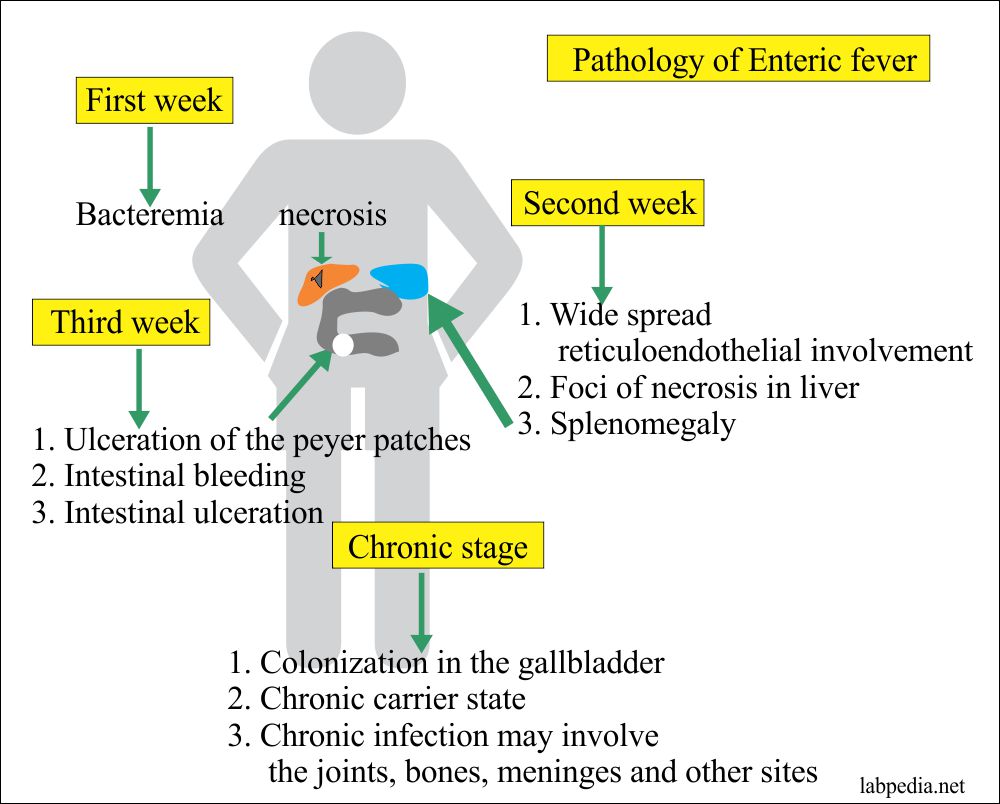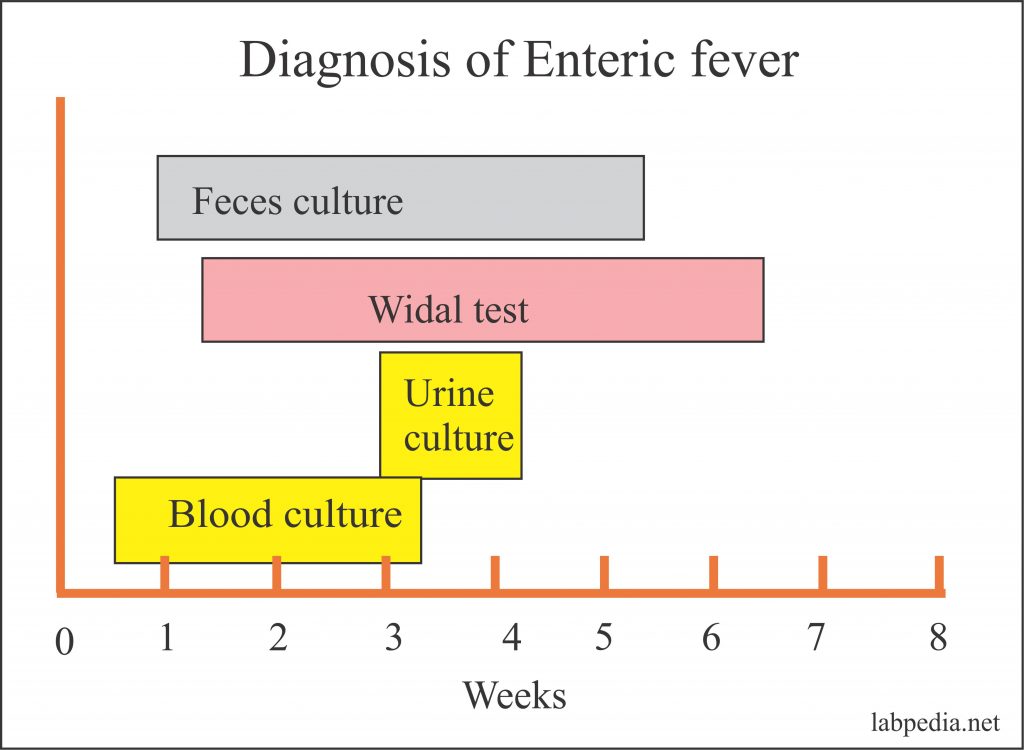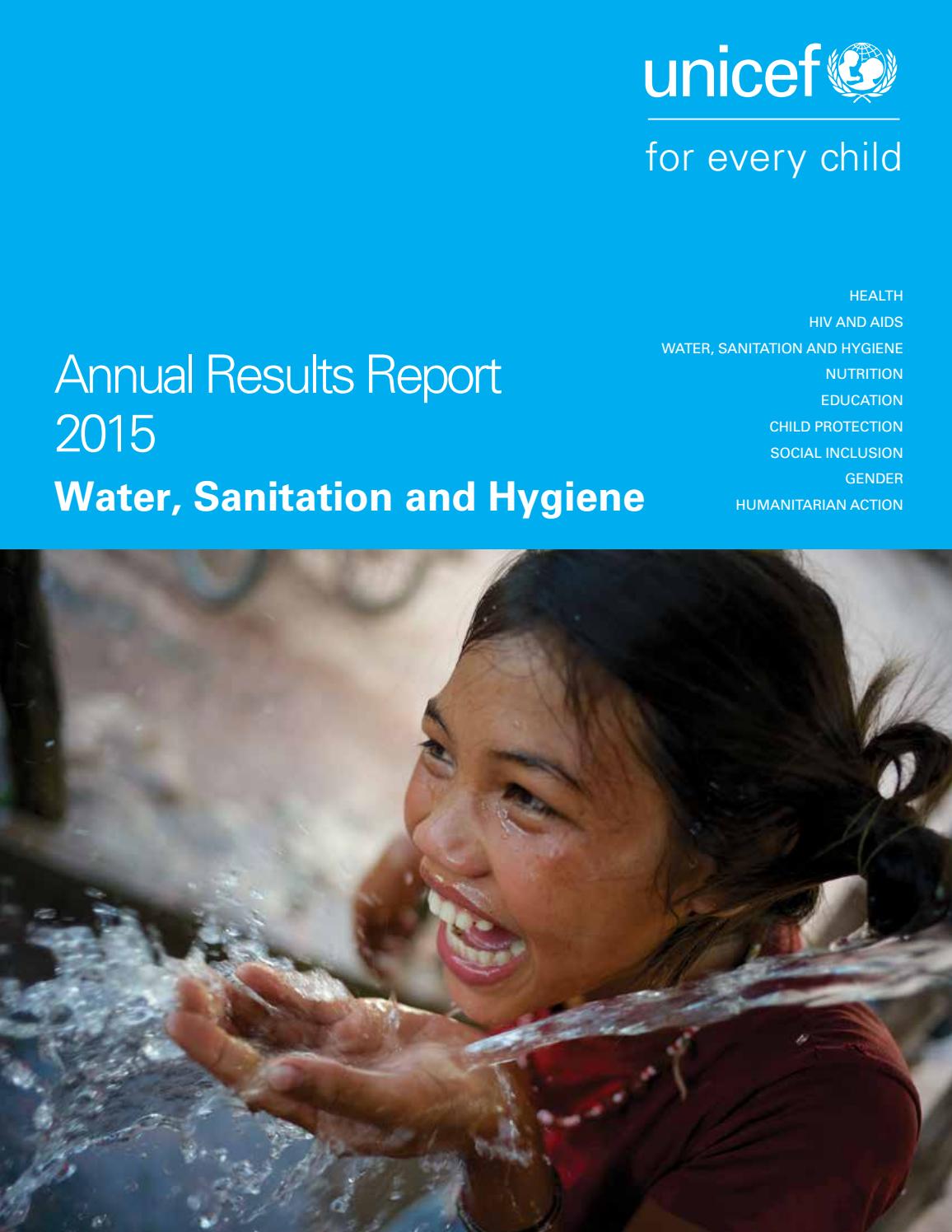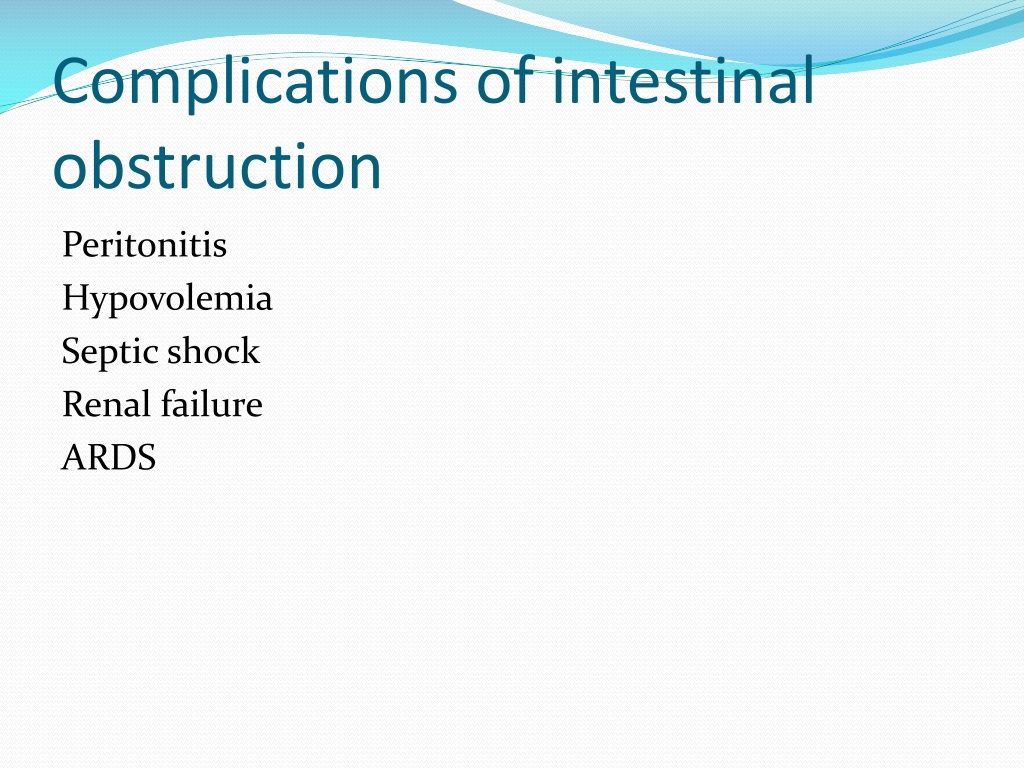Enteric Fever Presentation
| Introduction to Enteric Fever | ||
|---|---|---|
| Enteric fever, also known as typhoid fever, is a systemic illness caused by Salmonella enterica serovar Typhi. It is a potentially life-threatening infection primarily transmitted through contaminated food and water. The disease is prevalent in many developing countries with poor sanitation and hygiene practices. | ||
| 1 | ||
| Clinical Presentation | ||
|---|---|---|
| Enteric fever typically presents with a gradual onset of fever that can persist for several weeks. Other common symptoms include headache, malaise, abdominal pain, and constipation or diarrhea. In severe cases, complications such as intestinal perforation and septicemia may occur. | ||
| 2 | ||
| Diagnostic Methods | ||
|---|---|---|
| Blood culture is the gold standard for diagnosing enteric fever. It helps in isolating the causative organism. Other diagnostic methods include stool culture, urine culture, and serological tests. Polymerase chain reaction (PCR) is a rapid and sensitive method for detecting Salmonella DNA. | ||
| 3 | ||
| Treatment Options | ||
|---|---|---|
| Antibiotics are the mainstay of treatment for enteric fever. Commonly used antibiotics include fluoroquinolones, cephalosporins, and azithromycin. The choice of antibiotic depends on local resistance patterns and individual patient factors. Adequate fluid and electrolyte replacement is essential to prevent dehydration. | ||
| 4 | ||
| Prevention Strategies | ||
|---|---|---|
| Improving sanitation and hygiene practices, such as access to clean water and proper waste disposal, can significantly reduce the incidence of enteric fever. Vaccination against typhoid fever is available and recommended for travelers to endemic areas and high-risk individuals. Safe food handling and preparation practices are crucial in preventing the transmission of Salmonella Typhi. | ||
| 5 | ||
| Epidemiology | ||
|---|---|---|
| Enteric fever is more common in areas with inadequate sanitation and overcrowding. It affects an estimated 11-20 million people worldwide annually, with approximately 128,000 deaths. Endemic regions include South Asia, Southeast Asia, and parts of Africa and South America. | ||
| 6 | ||
| Complications | ||
|---|---|---|
| Intestinal perforation is a severe complication of enteric fever and requires immediate surgical intervention. Other potential complications include gastrointestinal bleeding, hepatosplenic abscesses, and neurological manifestations. Prompt diagnosis and appropriate treatment can help prevent complications and reduce morbidity and mortality. | ||
| 7 | ||
| Antibiotic Resistance | ||
|---|---|---|
| Antibiotic resistance is a growing concern in the treatment of enteric fever. Multidrug-resistant strains of Salmonella Typhi have emerged, limiting treatment options. Surveillance of antimicrobial resistance is crucial to guide empirical treatment and prevent the spread of resistant strains. | ||
| 8 | ||
| Public Health Measures | ||
|---|---|---|
| Public health measures play a vital role in controlling enteric fever outbreaks. These include early case detection, contact tracing, and targeted vaccination campaigns. Improving sanitation infrastructure and promoting behavioral changes are essential for long-term prevention. | ||
| 9 | ||
| Summary | ||
|---|---|---|
| Enteric fever, caused by Salmonella enterica serovar Typhi, is a significant public health concern in many developing countries. Early diagnosis through blood culture and appropriate antibiotic treatment are key to reducing morbidity and mortality. Prevention strategies such as vaccination, improved sanitation, and safe food practices are crucial in controlling the spread of the disease. | ||
| 10 | ||
| References (download PPTX file for details) | ||
|---|---|---|
| World Health Organization. Typhoid fever fact... Parry CM, et al. Typhoid fever. N Engl J Med.... Crump JA, et al. Typhoid fever and the challe... |  | |
| 11 | ||









